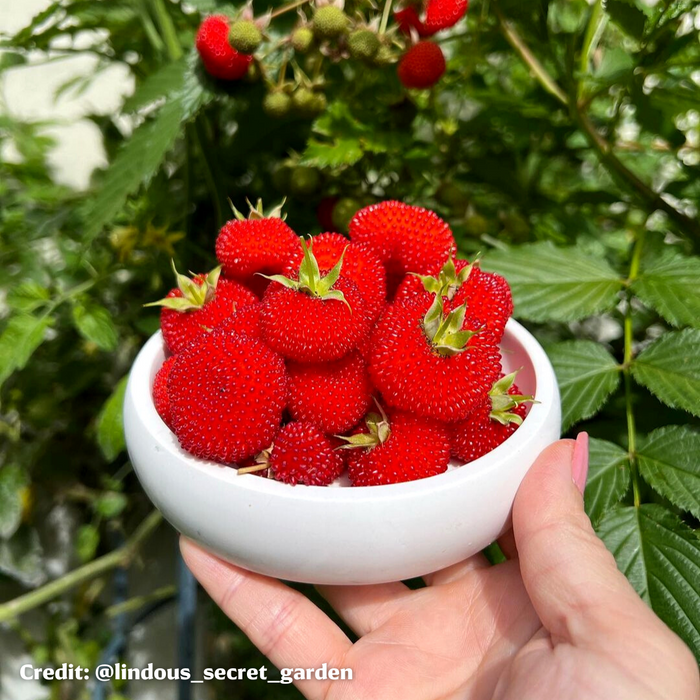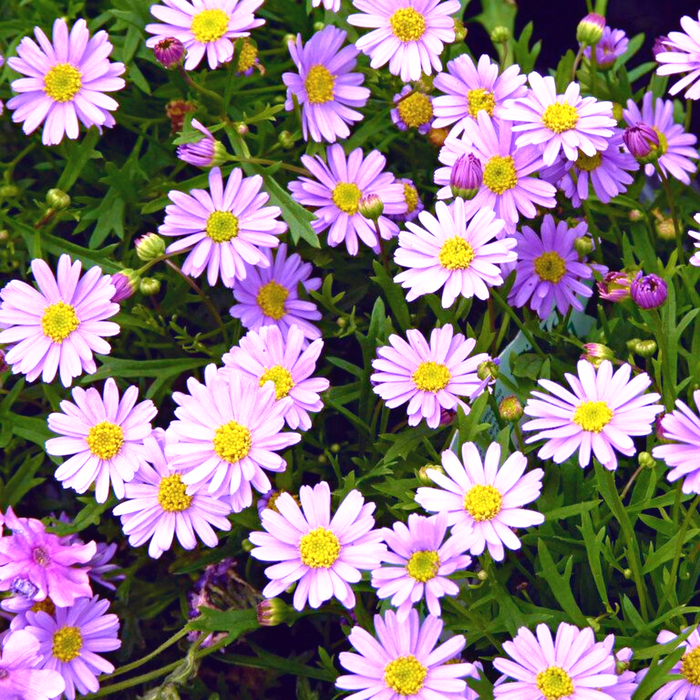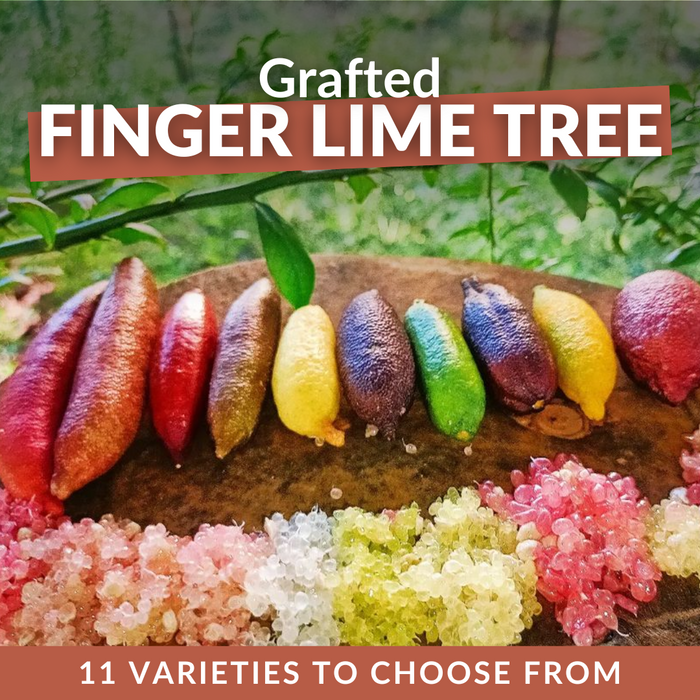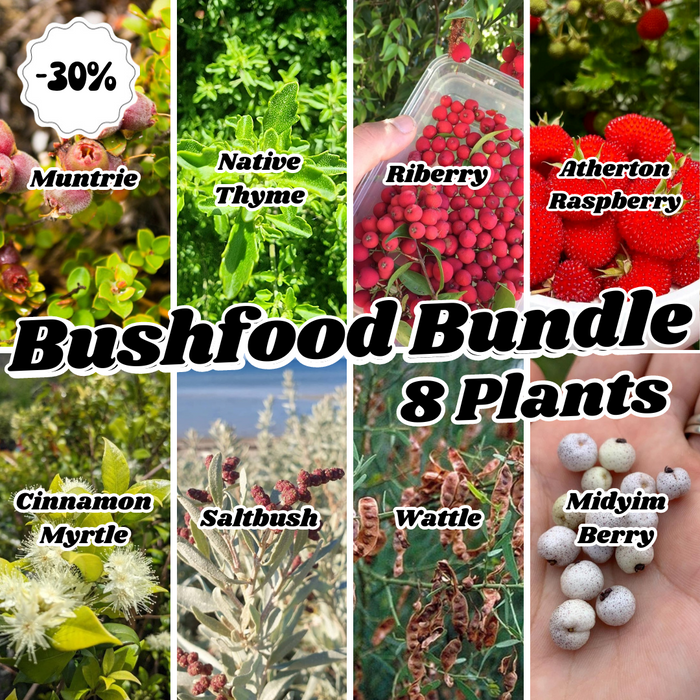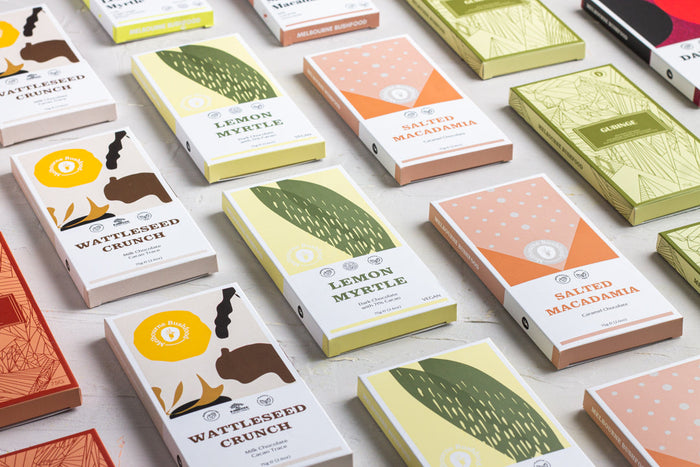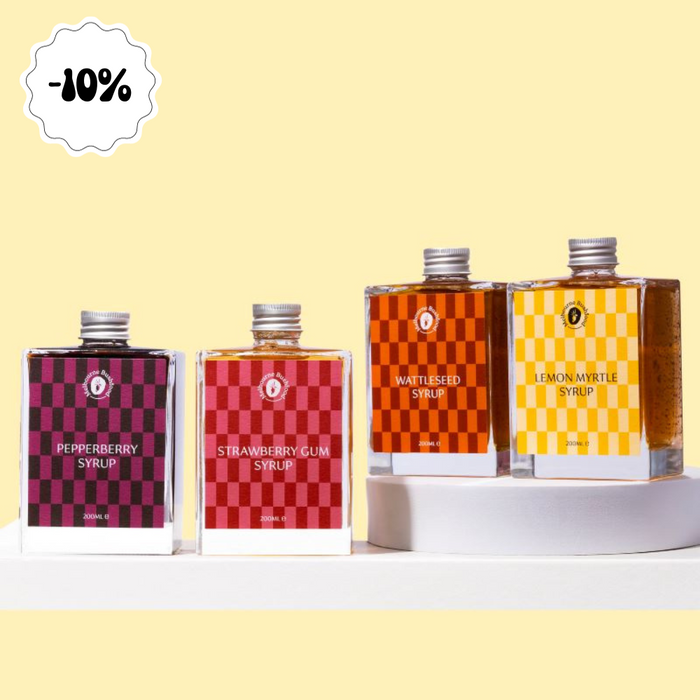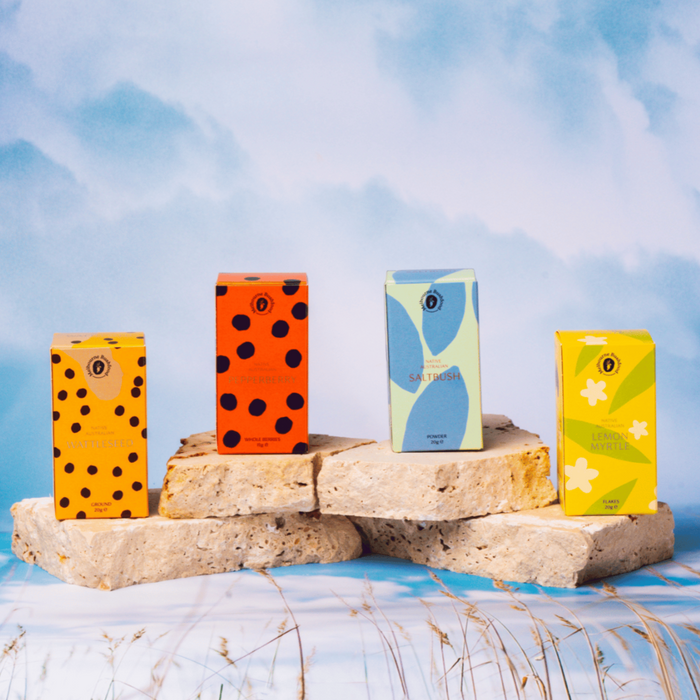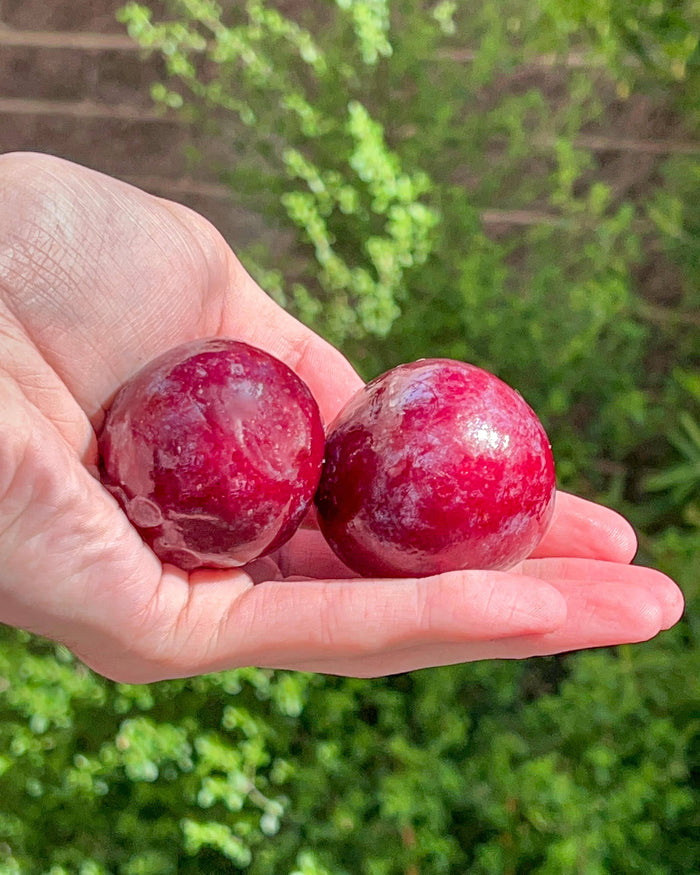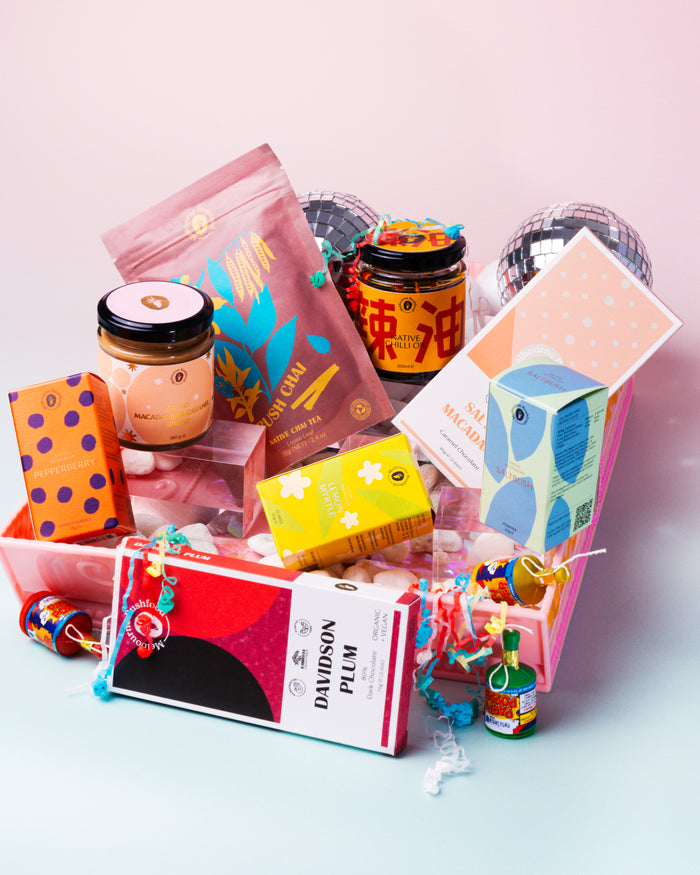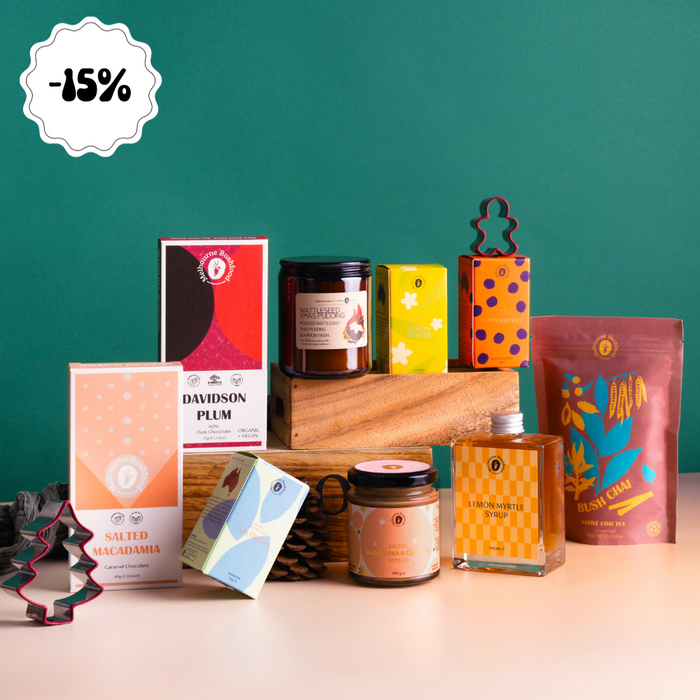

Silky Hakea - Hakea sericea - Care Guide
Hakea sericea, or as it's more often called Silky Hakea! This shrub is native to
south-eastern Queensland and south-eastern New South Wales, Australia. A common species, you'll find it growing along coastal regions. It grows a profusion of white flowers from July for several months.

Whilst the flowers are typically for pollinating or simply admiring, they can be steeped in water to make a sweet tea! You can expect this spectacular native to blossom with beautiful white flowers from May through to October.
Quick Care
| Botanical Name | Hakea sericea |
| Size Plant: | Seedling pot, min 20 cm tall |
| Frost Tolerance: |
Frost tolerant.
|
| Drought Tolerance: | Drought Tolerant. |
| Soil Type: |
Rich, well-drained soils.
|
| Sun: | Full-sun/Part-shade |
| Size: | 4m Shrub. |
| Pots: | Does well in pots. |
| Feeding: | Feed a high-quality native plant food every 6 months. |
Planting
For best results, plant your Silky Hakea in rich, well-drained soils and place your plant in full sun. You can also grow in part shade for reasonable results. This dense, prickly shrub can attain a height of up to 4m. It's the habitat plant for thriving gardens.
Frost tolerance
Silky Hakea we'll be able to tolerate most frosty conditions.
Sunlight
This lovely species does well in full sun but it can thrive in part sun also.
Maintenance
Watering & Drought Tolerance
Silky Hakea will require little watering as it is drought-hardy. During wintertime, you can hold back on watering but as the temperature increases ensure that you're giving it water every now and then. When dry, it will wilt which is a good indication of when to water.
Fertilising your Silky Hakea
Silky Hakea will require little fertilising. We recommend feeding your plant every flowering season with a dose of cow manure or organic fertiliser if you don’t have great soil.
Growing Silky Hakea in pots
Rose Apple does well in pots. Be sure to keep it in a sunny spot on a balcony or backyard. Use a high-quality potting mix without fillers or additives and add your own plant food for the highest success.

